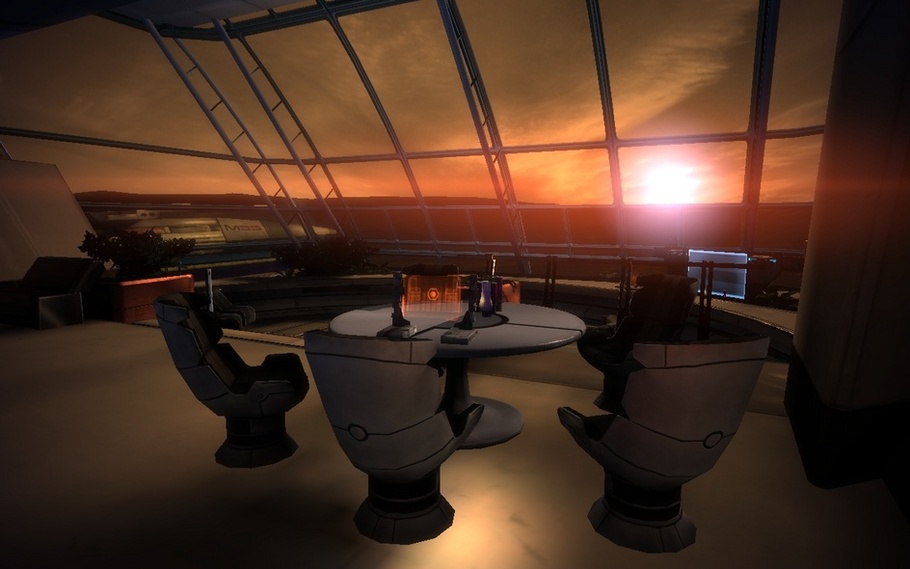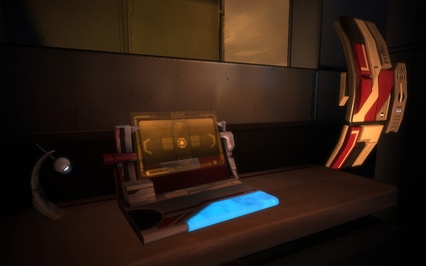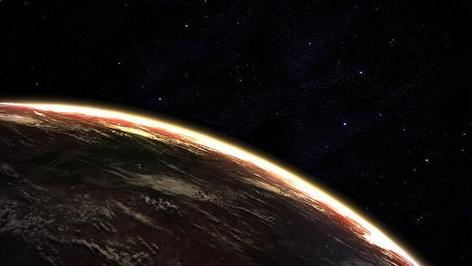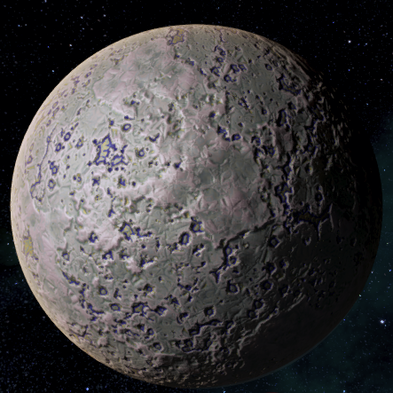
Phoenix News: More pyramids have been discovered on Tuntau. Terraforming will soon render Intai'sei comfortable.
Phoenix
Overall fame/aspect title: Tuntau's pyramids.
Abstract; summation of all major producing planets within this system:
Tuntau (light metals), Intai'sei (soon to be virtually countless).
Overall fame/aspect title: Tuntau's pyramids.
Abstract; summation of all major producing planets within this system:
Tuntau (light metals), Intai'sei (soon to be virtually countless).

System: Phoenix

Solar System Collectives
Hierarchically Descending
---[Star Data]---
Stellar ID:
Class:
Radius:
Mass:
Luminosity:
Temperature:
Distance:
---[Planets]---
5
---[Moons]---
0
---[Asteroid Belts]---
2: (unnamed)
---[Planetoids]---
###,###+
---[Comets]---
#,###+
Stellar ID:
Class:
Radius:
Mass:
Luminosity:
Temperature:
Distance:
---[Planets]---
5
---[Moons]---
0
---[Asteroid Belts]---
2: (unnamed)
---[Planetoids]---
###,###+
---[Comets]---
#,###+
Phoenix (year) A
N
7,082 km
0.918 Earth Masses
1.389
N/A
546 °C / 1,014.8 °F
0.75 g
0.00 atm
0.75 g
0.00 atm
0.5 AU
0.3 Earth Years
(N/A b/c tidally locked)
Yes; year
No; N/A
---[Planet Data]---
Stellar ID:
Class:
Radius:
Mass:
Keplerian Ratio:
Stellar ID:
Class:
Radius:
Mass:
Keplerian Ratio:
Luminosity:
Surface Temperature:
Day Length:Surface Temperature:
Surface Gravity:
Atmospheric Pressure:
Atmospheric Pressure:
Orbital Distance:
Orbital Period:
Orbital Period:
---[Status]---
Colonized:
Terraformed:
---[Moons]---
0
---[Rings]---
0
---[Artificial Satellites]---
0
---[Indigenous]---
N/A
Colonized:
Terraformed:
---[Moons]---
0
---[Rings]---
0
---[Artificial Satellites]---
0
---[Indigenous]---
N/A
Phoenix (year) B
J
56,621 km
(N/A) #.### Earth Masses
1.695
N/A
(N/A) # °C / °F
(N/A) #.# g
(N/A) #.# atm
(N/A) #.# g
(N/A) #.# atm
13.0 AU
36.0 Earth Years
13.6 Earth Hours
Yes; year
No; N/A
---[Planet Data]---
Stellar ID:
Class:
Radius:
Mass:
Keplerian Ratio:
Stellar ID:
Class:
Radius:
Mass:
Keplerian Ratio:
Luminosity:
Surface Temperature:
Day Length:Surface Temperature:
Surface Gravity:
Atmospheric Pressure:
Atmospheric Pressure:
Orbital Distance:
Orbital Period:
Orbital Period:
---[Status]---
Colonized:
Terraformed:
---[Moons]---
0
---[Rings]---
0
---[Artificial Satellites]---
0
---[Indigenous]---
N/A
Colonized:
Terraformed:
---[Moons]---
0
---[Rings]---
0
---[Artificial Satellites]---
0
---[Indigenous]---
N/A
Phoenix (year) C
N
11,867 km
3.78 Earth Masses
1.688
N/A
21 °C / 69.8 °F
1.1 g
3.12 atm
1.1 g
3.12 atm
19.01 AU
63.8 Earth Years
69.7 Earth Hours
Yes; year
No; N/A
---[Planet Data]---
Stellar ID:
Class:
Radius:
Mass:
Keplerian Ratio:
Stellar ID:
Class:
Radius:
Mass:
Keplerian Ratio:
Luminosity:
Surface Temperature:
Day Length:Surface Temperature:
Surface Gravity:
Atmospheric Pressure:
Atmospheric Pressure:
Orbital Distance:
Orbital Period:
Orbital Period:
---[Status]---
Colonized:
Terraformed:
---[Moons]---
0
---[Rings]---
0
---[Artificial Satellites]---
0
---[Indigenous]---
N/A
Colonized:
Terraformed:
---[Moons]---
0
---[Rings]---
0
---[Artificial Satellites]---
0
---[Indigenous]---
N/A
---[Planet Data]---
Stellar ID:
Class:
Radius:
Mass:
Keplerian Ratio:
Stellar ID:
Class:
Radius:
Mass:
Keplerian Ratio:
Luminosity:
Surface Temperature:
Day Length:Surface Temperature:
Surface Gravity:
Atmospheric Pressure:
Atmospheric Pressure:
Orbital Distance:
Orbital Period:
Orbital Period:
---[Status]---
Colonized:
Terraformed:
---[Moons]---
0
---[Rings]---
0
---[Artificial Satellites]---
0
---[Indigenous]---
Humans
Colonized:
Terraformed:
---[Moons]---
0
---[Rings]---
0
---[Artificial Satellites]---
0
---[Indigenous]---
Humans
Yes; year
No; N/A
Phoenix (year) D
P
3,379 km
0.078 Earth Masses
1.687
N/A
-154 °C / -245.2 °F
0.28 g
0.27 atm
0.28 g
0.27 atm
24.7 AU
94.5 Earth Years
68.3 Earth Hours
Phoenix (year) E
N/A
5,897 km
0.679 Earth Masses
1.687
N/A
46 °C / 114.8 °F
0.8 g
0.95 atm
0.8 g
0.95 atm
15.68 AU
47.8 Earth Years
27.6 Earth Hours
Yes; year
Yes; year
---[Planet Data]---
Stellar ID:
Class:
Radius:
Mass:
Keplerian Ratio:
Stellar ID:
Class:
Radius:
Mass:
Keplerian Ratio:
Luminosity:
Surface Temperature:
Day Length:Surface Temperature:
Surface Gravity:
Atmospheric Pressure:
Atmospheric Pressure:
Orbital Distance:
Orbital Period:
Orbital Period:
---[Status]---
Colonized:
Terraformed:
---[Moons]---
0
---[Rings]---
0
---[Artificial Satellites]---
0
---[Indigenous]---
N/A
Colonized:
Terraformed:
---[Moons]---
0
---[Rings]---
0
---[Artificial Satellites]---
0
---[Indigenous]---
N/A





Note
Sylsalto is a standard hydrogen-helium gas giant. It has no remarkable features.
Sylsalto is a standard hydrogen-helium gas giant. It has no remarkable features.
Note
Tuntau is an enormous, low-density terrestrial planet, with a thick atmosphere of methane and helium. Despite being nearly 20 AU from Phoenix, the star's great heat and the insulating thickness of the atmosphere make the surface surprisingly temperate.
The crust is mainly composed of sodium and silicon dioxide with deposits of various light metals. While Tuntau is not habitable, the relative pleasantness of the surface conditions make it a popular location for small ships traveling through the Argos Rho cluster to land for drive discharge.
Tuntau is an enormous, low-density terrestrial planet, with a thick atmosphere of methane and helium. Despite being nearly 20 AU from Phoenix, the star's great heat and the insulating thickness of the atmosphere make the surface surprisingly temperate.
The crust is mainly composed of sodium and silicon dioxide with deposits of various light metals. While Tuntau is not habitable, the relative pleasantness of the surface conditions make it a popular location for small ships traveling through the Argos Rho cluster to land for drive discharge.
Note
An atmosphere similar to Earth's made Intai'sei an early candidate for human colonization. However, prohibitively high temperatures and an arid climate have proven a hindrance to terraforming and agriculture. A few human cities were founded, but the majority of the human population on Intai'sei remains scattered across the vast deserts, operating wind farms and geological research stations.
An atmosphere similar to Earth's made Intai'sei an early candidate for human colonization. However, prohibitively high temperatures and an arid climate have proven a hindrance to terraforming and agriculture. A few human cities were founded, but the majority of the human population on Intai'sei remains scattered across the vast deserts, operating wind farms and geological research stations.
Note
Vebinok is a small terrestrial world with a thin atmosphere of krypton and xenon. Its frozen surface is mainly composed of carbonaceous material, water ice, and low-density silicates. Rare but concentrated lodes of light metals have been deposited by asteroid impacts.
One hemisphere of Vebinok is covered by surface deposits of oxidized copper. Approximately 270 years ago a bulk gas transport was attacked by pirates in the Phoenix system. Damaged, it made a rough landing on Vebinok. The heat of the landing melted significant quantities of surface ice, and ruptured shipping containers spilled LOX across the surface. Before this evaporated and escaped Vebinok's weak gravity, it reacted to cause the widespread rust.
Vebinok is a small terrestrial world with a thin atmosphere of krypton and xenon. Its frozen surface is mainly composed of carbonaceous material, water ice, and low-density silicates. Rare but concentrated lodes of light metals have been deposited by asteroid impacts.
One hemisphere of Vebinok is covered by surface deposits of oxidized copper. Approximately 270 years ago a bulk gas transport was attacked by pirates in the Phoenix system. Damaged, it made a rough landing on Vebinok. The heat of the landing melted significant quantities of surface ice, and ruptured shipping containers spilled LOX across the surface. Before this evaporated and escaped Vebinok's weak gravity, it reacted to cause the widespread rust.
Note
Patashi is a sun-blasted terrestrial world whose atmosphere was removed away millennia ago by the star Phoenix. The surface is scorching hot, and mainly composed of iron with deposits of tin.
Due to its relatively low density, Patashi is tidally locked to Phoenix. Seas of molten light metals cover much of the sunward side.
Patashi is a sun-blasted terrestrial world whose atmosphere was removed away millennia ago by the star Phoenix. The surface is scorching hot, and mainly composed of iron with deposits of tin.
Due to its relatively low density, Patashi is tidally locked to Phoenix. Seas of molten light metals cover much of the sunward side.
Major Regions
Continents
Continent
Cities
Oceans
Ocean
Cities
Continent
Cities
Oceans
Ocean
Cities
D = Destroyed / ruins
Albums
Photos
x
x
Videos
x
x
x
x
Videos
x
x
C = Classified
Major Regions
Continents
Continent
Cities:
Pinnacle Station
Oceans
Ocean
Cities
Continent
Cities:
Pinnacle Station
Oceans
Ocean
Cities
D = Destroyed / ruins
Albums
Photos
x
x
Videos
x
x
x
x
Videos
x
x
C = Classified
Albums
Photos
x
x
Videos
x
x
x
x
Videos
x
x
C = Classified
Major Regions
Continents
Continent
Cities
Oceans
Ocean
Cities
Continent
Cities
Oceans
Ocean
Cities
D = Destroyed / ruins
Major Regions
Continents
Continent
Cities
Oceans
Ocean
Cities
Continent
Cities
Oceans
Ocean
Cities
D = Destroyed / ruins
Albums
Photos
x
x
Videos
x
x
x
x
Videos
x
x
C = Classified
Albums
Photos
x
x
Videos
x
x
x
x
Videos
x
x
C = Classified
Major Regions
Continents
Continent
Cities:
Thoreau Mesa
Oceans
Ocean
Cities
Continent
Cities:
Thoreau Mesa
Oceans
Ocean
Cities
D = Destroyed / ruins

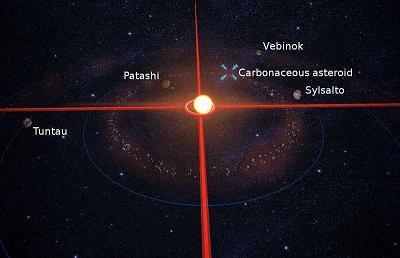
Stellar Mass:
Stellar Class:
Luminosity:
Planets:
Moons:
Asteroid Belts:
Asteroids:
Additional Objects:
1.7 M☉
F0
6 L☉
5
0
2
1
1
Patashi
帕塔石
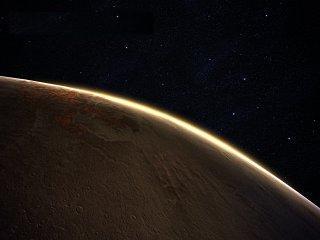
Sylsalto
錫爾斯奧拓
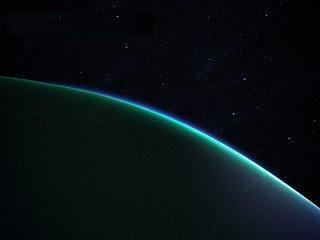
Tuntau
墩頭
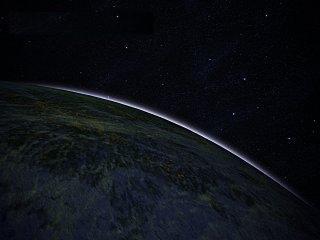
Vebinok
已確定斌
詮釋一塞
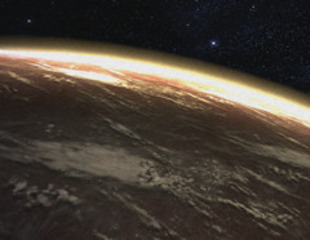
Intaisei
系統
鳳凰城
Note
This system may be named for the phoenix, a mythical bird from Arabia that burns itself in a fire and is reincarnated from the ashes every 500 years. The stellar mass is derived from Tuntau's Keplerian ratio, based on its orbital distance of "nearly 20 AU". That implies the 19-20 AU range and a mass of 1.7-1.8. A value of 1.7 was chosen because it better aligns with the "main sequence" chart.
This system may be named for the phoenix, a mythical bird from Arabia that burns itself in a fire and is reincarnated from the ashes every 500 years. The stellar mass is derived from Tuntau's Keplerian ratio, based on its orbital distance of "nearly 20 AU". That implies the 19-20 AU range and a mass of 1.7-1.8. A value of 1.7 was chosen because it better aligns with the "main sequence" chart.
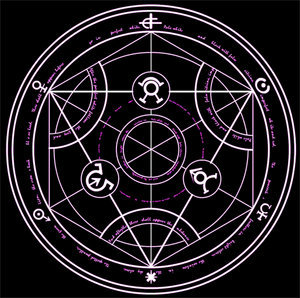
_
F0
#.# sol
1.7 sol
6 sol
##,### °K (##,### °F)
# AU
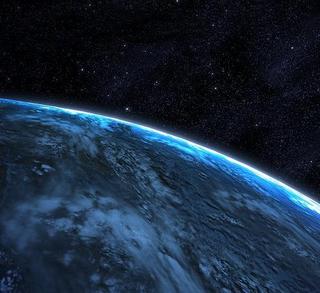
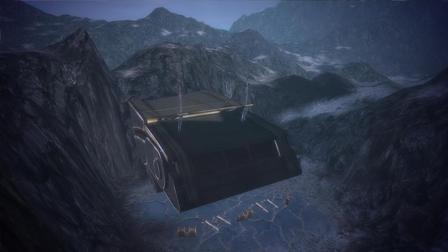
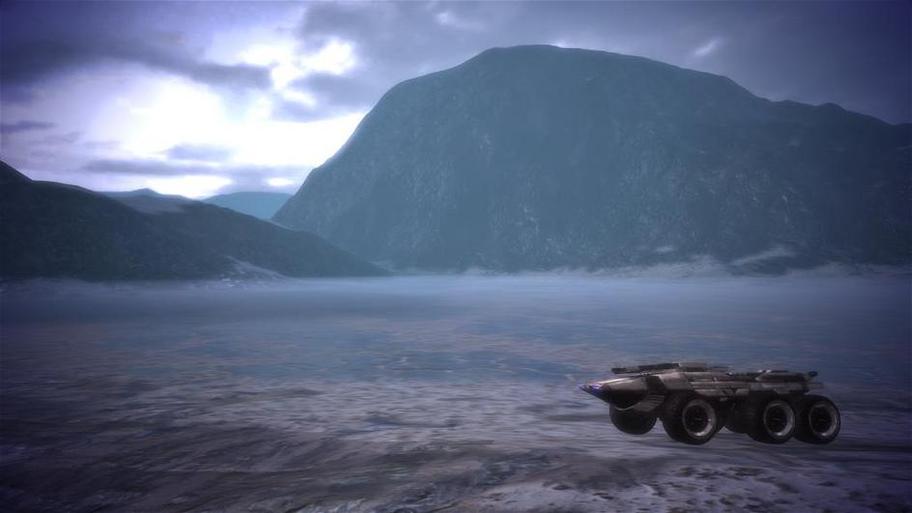
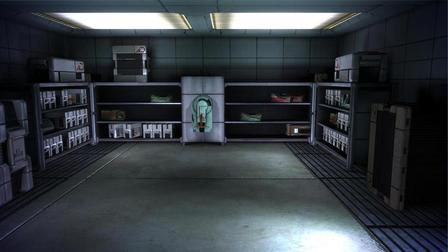
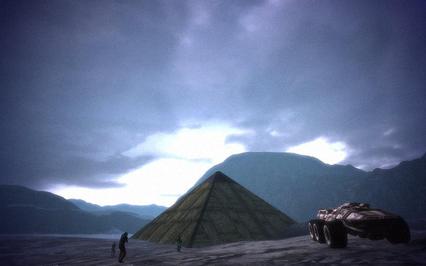
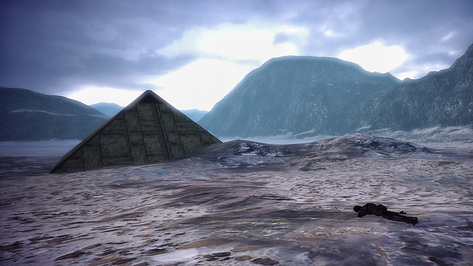
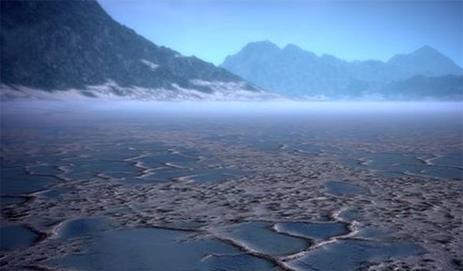
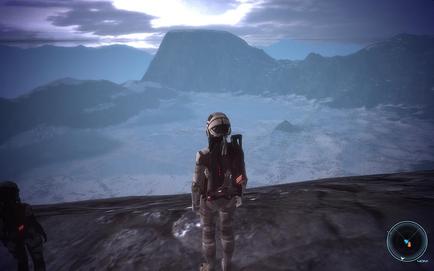
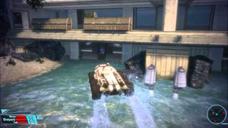
Population:
Capital:
950,000
Thoreau Mesa
---[Planet Data]---
Stellar ID:
Class:
Radius:
Mass:
Keplerian Ratio:
Stellar ID:
Class:
Radius:
Mass:
Keplerian Ratio:
Luminosity:
Surface Temperature:
Day Length:Surface Temperature:
Surface Gravity:
Atmospheric Pressure:
Atmospheric Pressure:
Orbital Distance:
Orbital Period:
Orbital Period:
---[Status]---
Colonized:
Terraformed:
---[Moons]---
0
---[Rings]---
0
---[Artificial Satellites]---
0
---[Indigenous]---
N/A
Colonized:
Terraformed:
---[Moons]---
0
---[Rings]---
0
---[Artificial Satellites]---
0
---[Indigenous]---
N/A

Albums
Photos
x
x
Videos
x
x
x
x
Videos
x
x
C = Classified
Major Regions
Continents
Continent
Cities
Oceans
Ocean
Cities
Continent
Cities
Oceans
Ocean
Cities
D = Destroyed / ruins
Phoenix (year) a
D
.34 km
(N/A) #.### Earth Masses
(N/A) #.###
N/A
(N/A) # °C / °F
(N/A) #.# g
(N/A) #.# atm
(N/A) #.# g
(N/A) #.# atm
(N/A) #.# AU
(N/A) #.# Earth Years
(N/A) #.# Earth Hours
Yes; year
No; N/A
Asteroid
錫爾斯奧c
Note
The asteroid-based Pinnacle Station was originally constructed as a concealed command center during the Krogan Rebellions. It has been retrofitted as a military training facility for all high-level special operations teams employed by the Council. The station's combat simulator allows teams to train under a variety of hazardous conditions.
The asteroid-based Pinnacle Station was originally constructed as a concealed command center during the Krogan Rebellions. It has been retrofitted as a military training facility for all high-level special operations teams employed by the Council. The station's combat simulator allows teams to train under a variety of hazardous conditions.
Population:
Space Station:
1,200
Pinnacle Station
